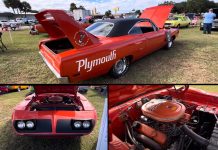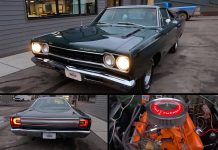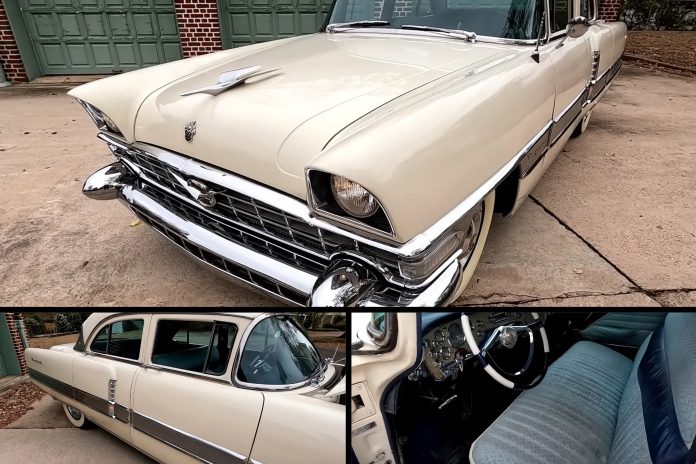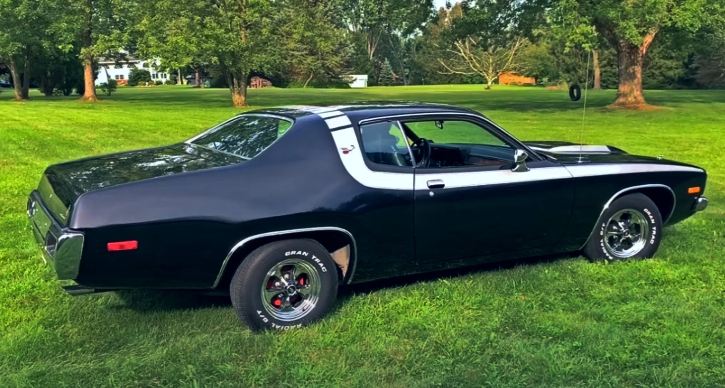Packard’s Rise and Fall
Established in 1899, Packard stood as one of America’s premier luxury automobile manufacturers. The 1920s marked its global recognition, and the company, unlike its counterparts, weathered the Great Depression of the 1930s, boasting a robust financial position post-World War II, with assets totaling $33 million.
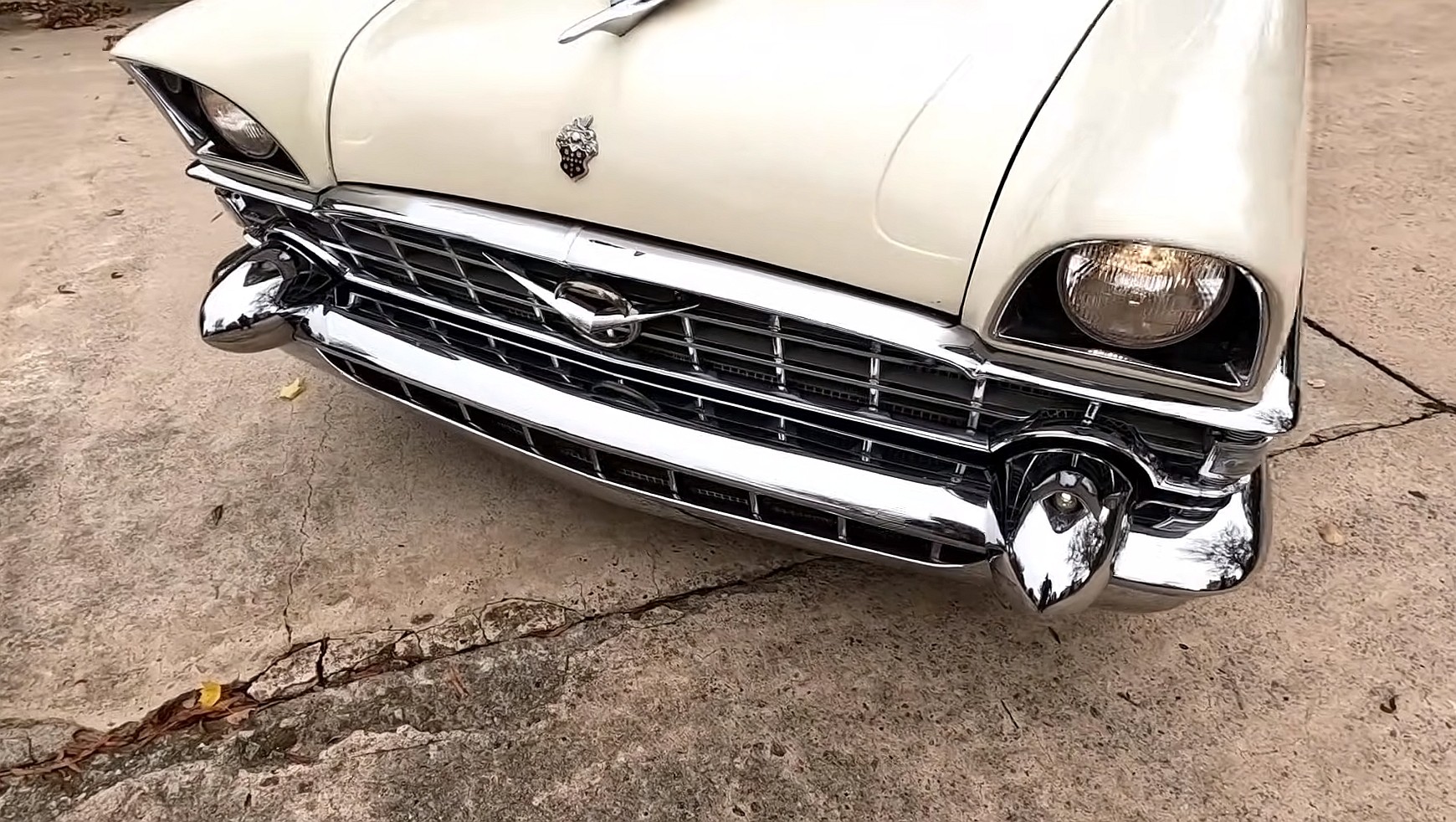
However, a series of managerial missteps coupled with the emergence of the Big Three automakers compelled Packard to merge with Studebaker, a fellow independent automaker grappling with financial challenges. The partnership proved futile, leading to Packard’s plant closure in 1956. Following two years of offering rebranded Studebaker vehicles, the Packard brand retired in 1959 and vanished entirely by 1962.
Packard’s Legacy and Iconic Models
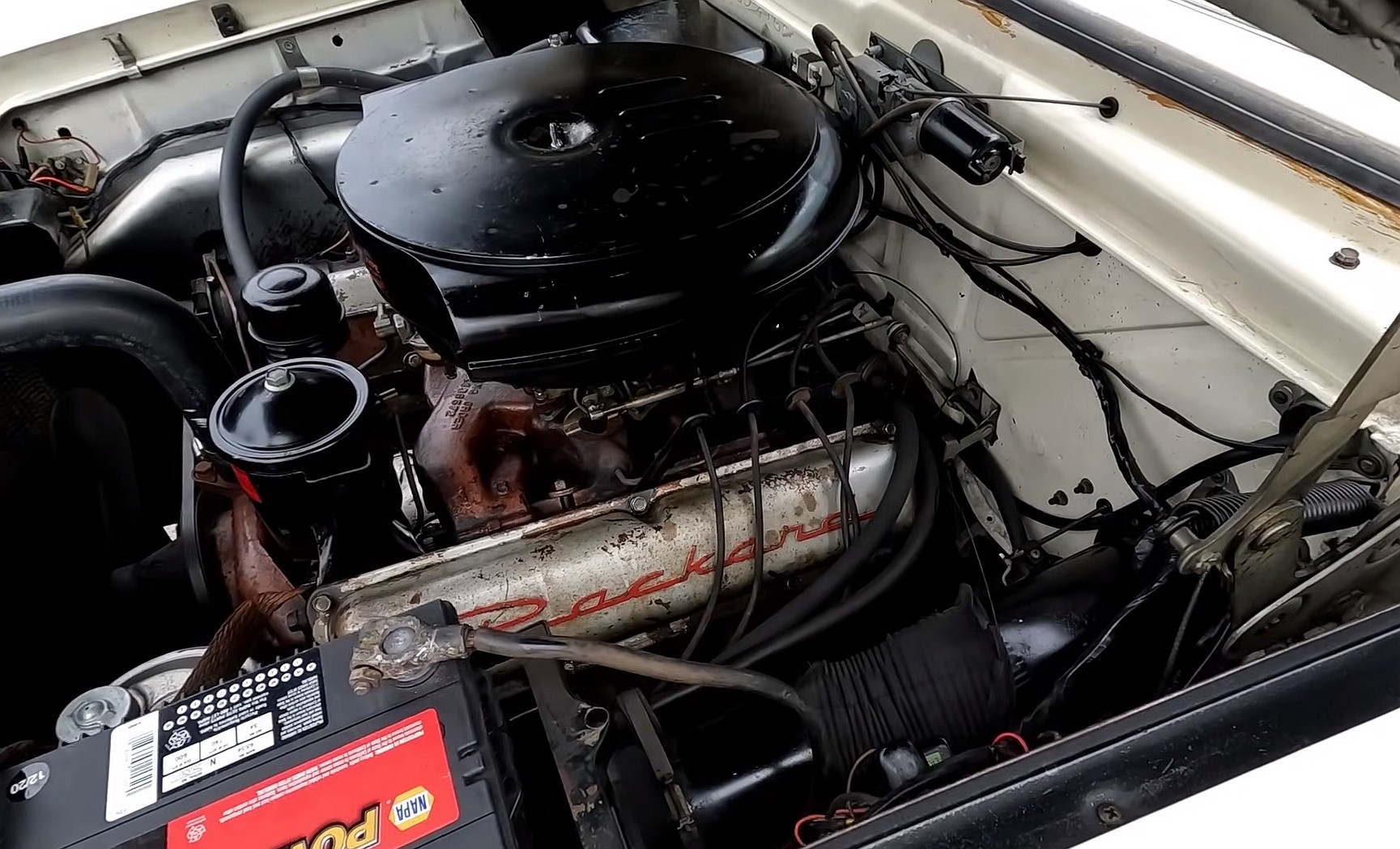
Despite its demise, Packard left behind enduring models such as the Eight, the Twelve, and the highly coveted Caribbean. The latter, a post-World War II creation, stands out as a sought-after classic, in contrast to the less admired Cavalier, Clipper, and Patrician. Nevertheless, all these models retained the hallmark comfort and reliability that defined Packard.
The Patrician, notable as the last of the “senior Packards,” debuted in 1951 and persisted in production until 1956. The final-generation Patrician, produced in 1955 and 1956, remains a rare classic. Of the 84,082 Packards sold during those years, only 12,902 were four-door Patricians, constituting a mere 15% of the total production. The 1956 version, with only 3,775 examples made, stands as the rarest.
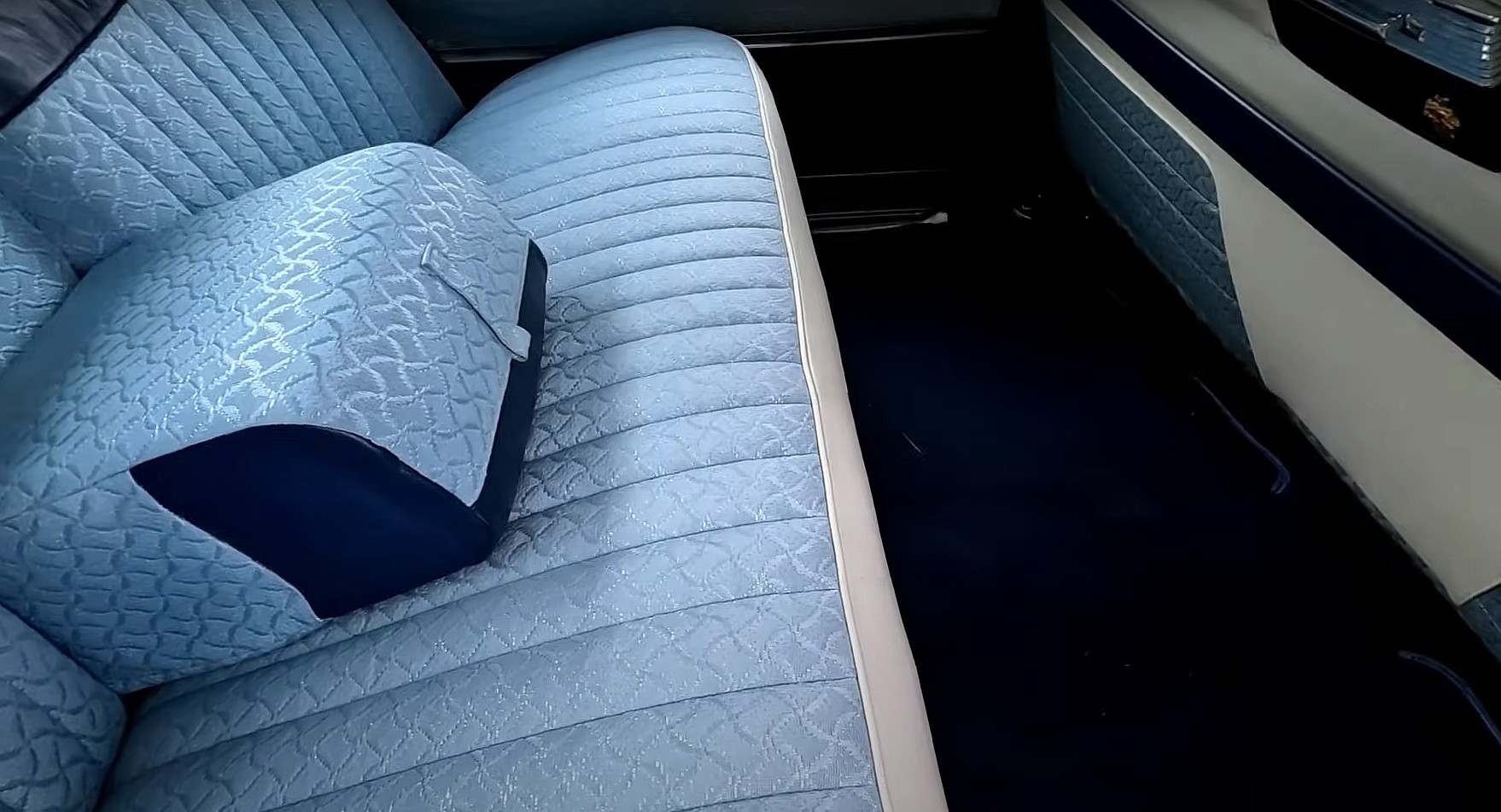
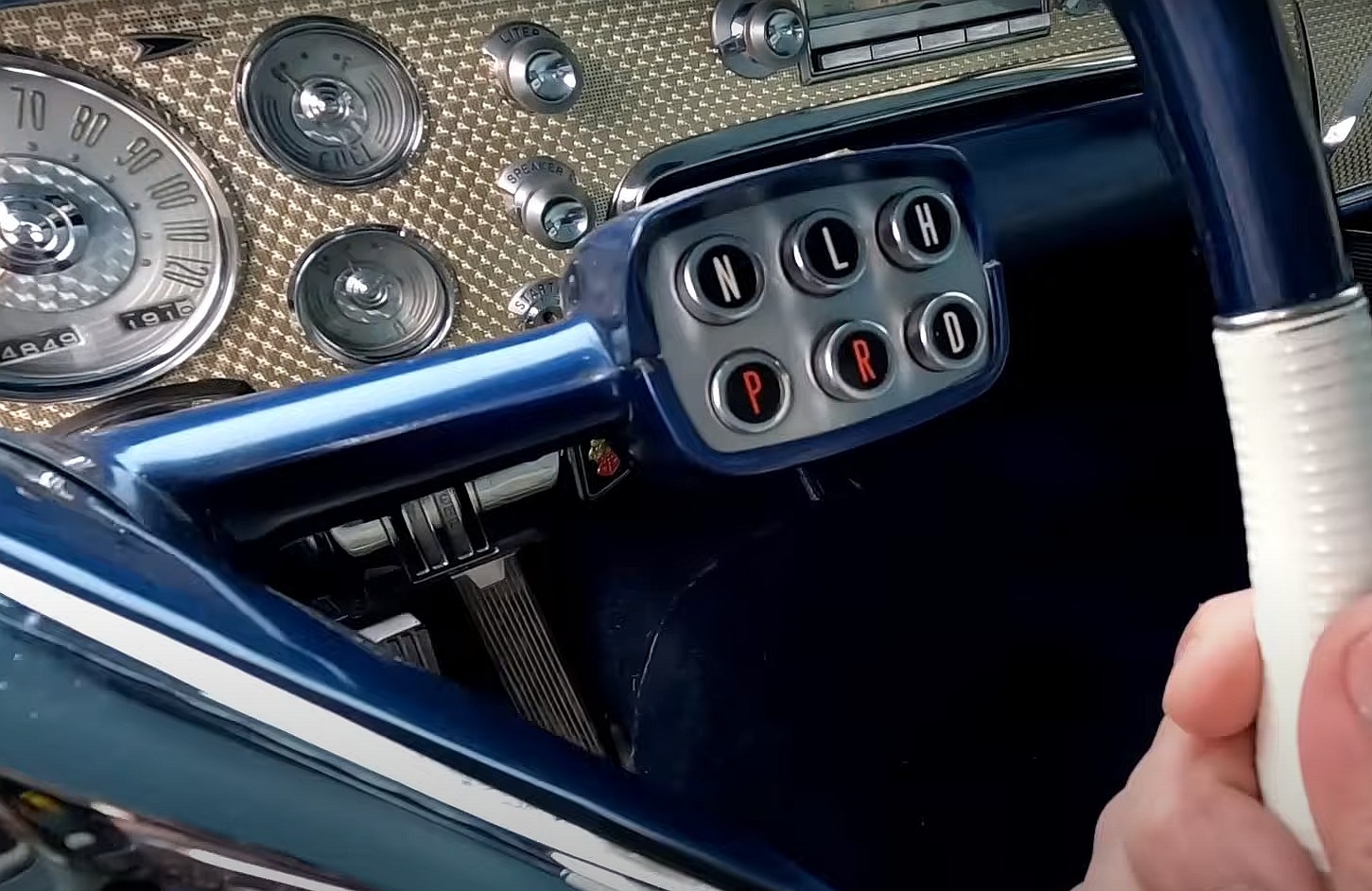
The Remarkable Patrician Survivor
Of particular note is a 1956 Patrician, potentially the lowest-mileage all-original Patrician in existence. Despite a production era spanning 67 years (as of 2023), the sedan boasts a mere 4,850 miles (7,805 km) on the odometer—equivalent to just 70 miles (113 km) per year.
This remarkable preservation is attributed to the vehicle being parked for about 45 years. However, unlike many of its counterparts abandoned in neglect, this Patrician was meticulously cared for throughout its life. Despite no restoration efforts, the sedan’s spotless condition persists, with every component functioning as intended.
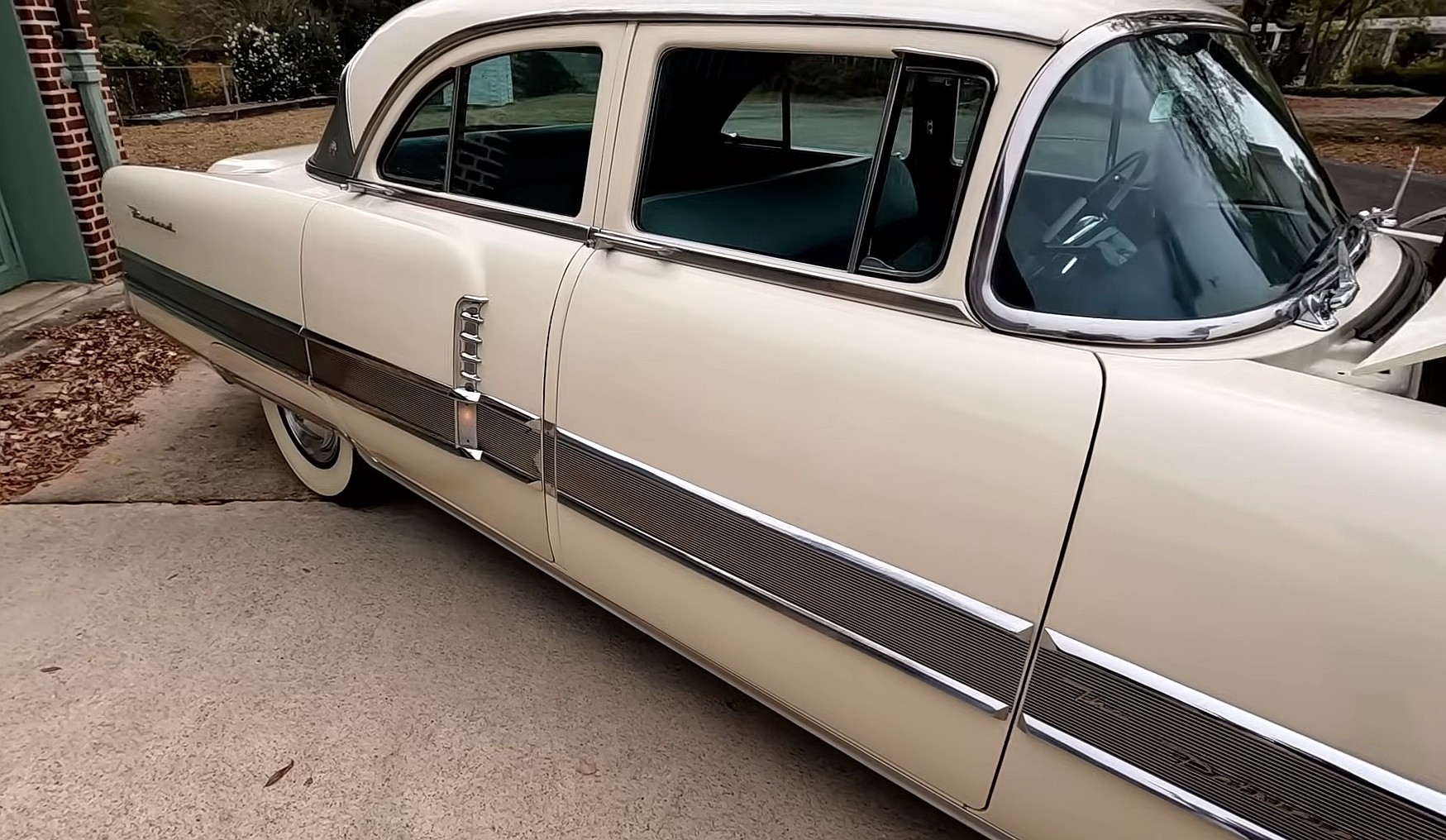
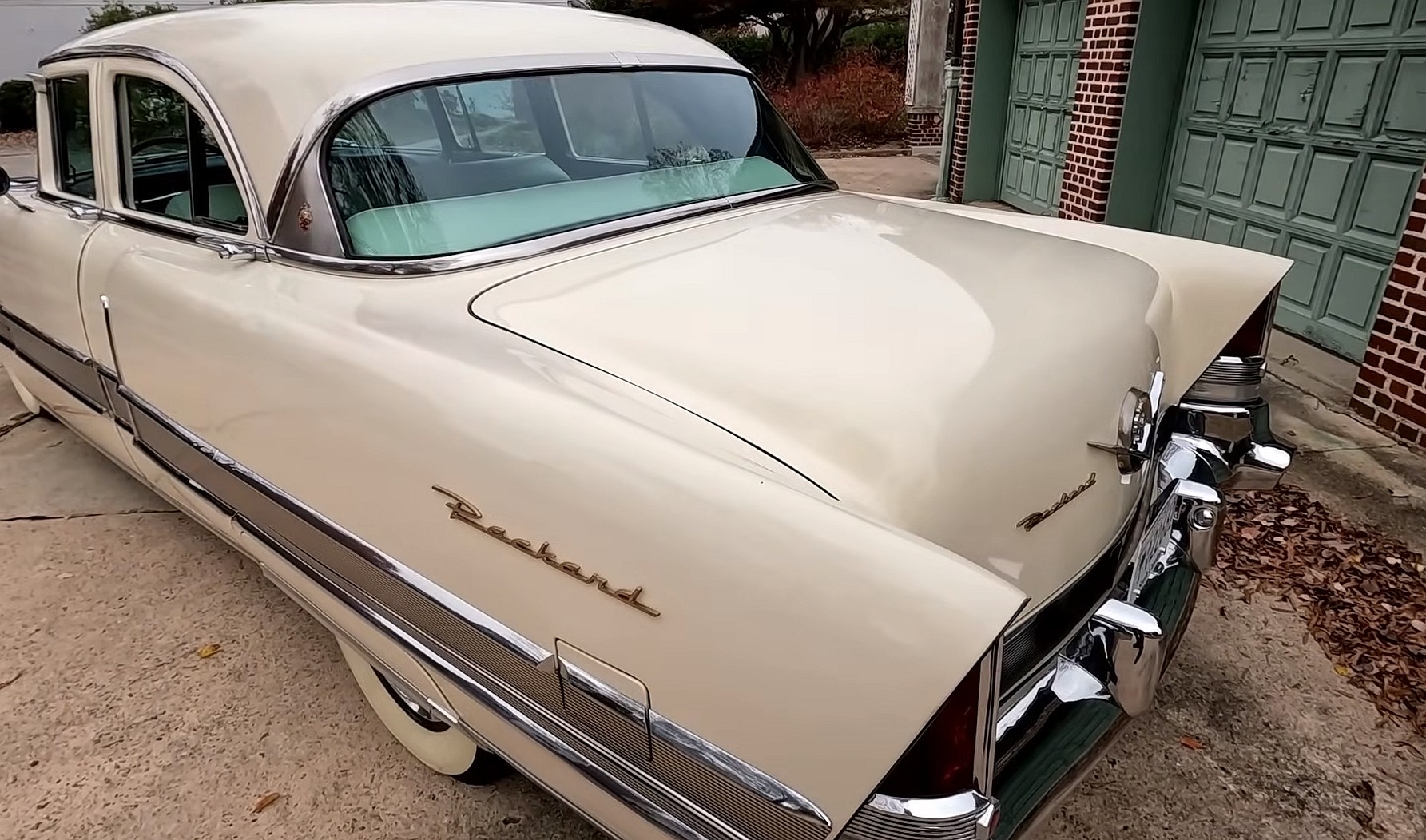
This two-owner California car conceals a 374-cubic-inch (6.1-liter) V8 engine beneath its hood, representing Packard’s sole overhead-valve V8. Generating 290 horsepower, the engine pairs with a Twin-Ultramatic transmission featuring a one-year push-button gear selector on the steering wheel.
Beyond its exceptional state, the sedan comes with extensive documentation, elevating it to museum-piece status. Such attributes position it as a contender for accolades at prestigious events like the Pebble Beach Concours d’Elegance.
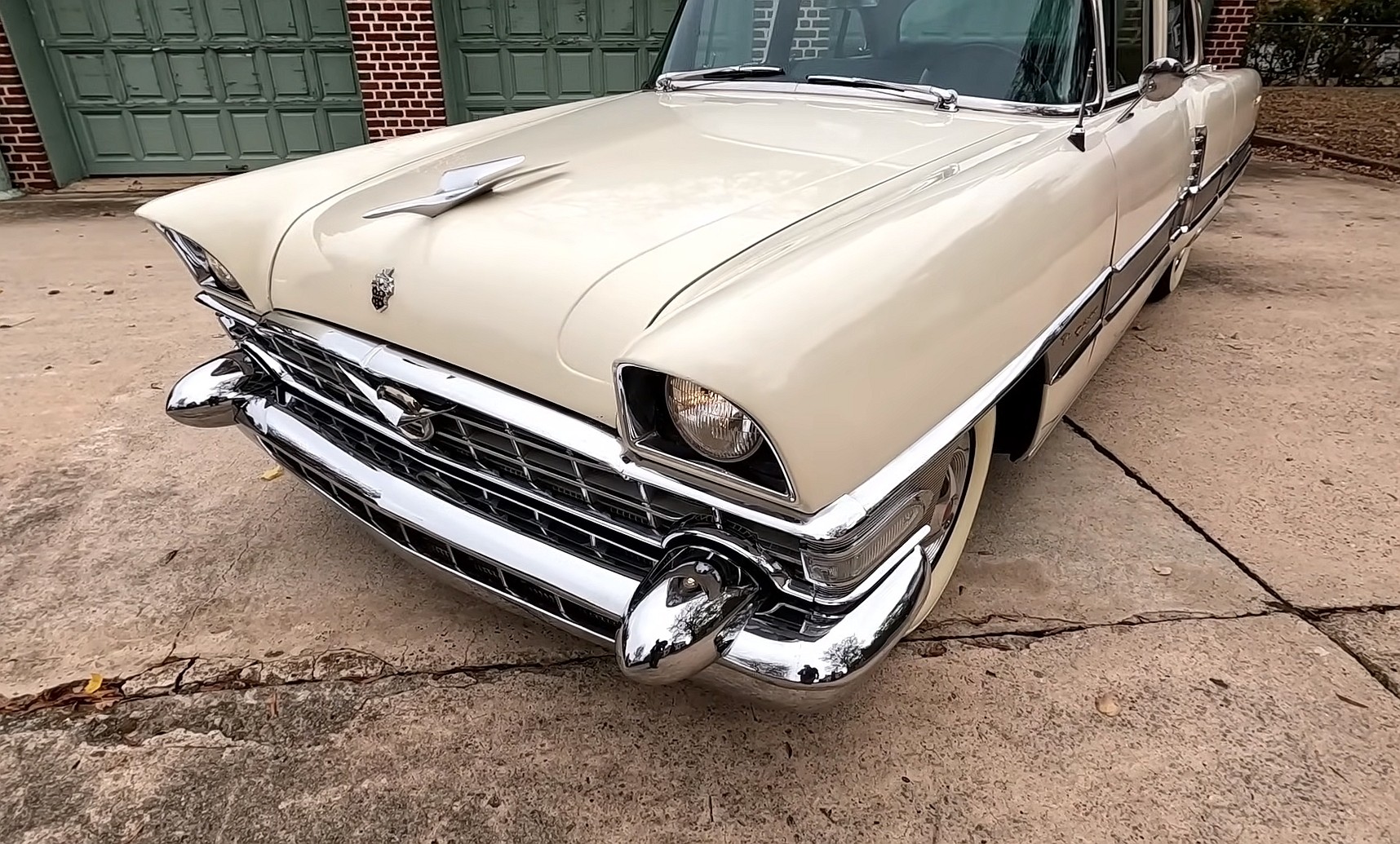
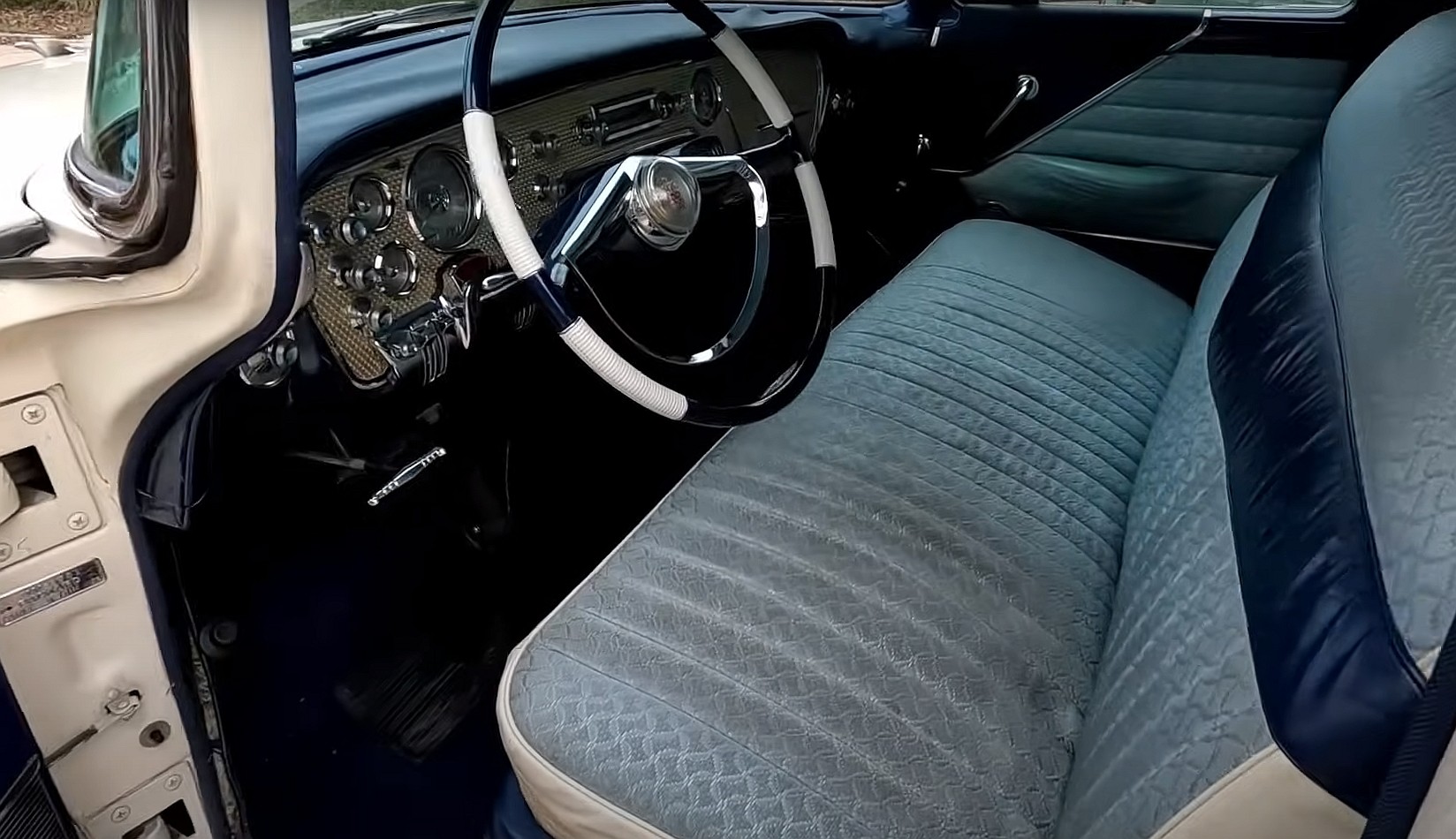
# FAQs
## Q1: How did Packard’s financial situation change post-World War II?
Packard emerged from World War II with assets totaling $33 million, a robust financial standing that set it apart.
## Q2: Why did Packard merge with Studebaker?
Management errors and the rise of the Big Three automakers led Packard to merge with Studebaker, another financially troubled independent automaker.
## Q3: What are some of Packard’s iconic models?
Packard left behind enduring models such as the Eight, the Twelve, and the highly sought-after Caribbean.
## Q4: Why is the Patrician significant?
The Patrician is notable as the last of the “senior Packards,” produced from 1951 to 1956, with the 1956 version being the rarest.
## Q5: How many Patricians were produced, and what makes the 1956 version unique?
Of the 84,082 Packards produced during 1955 and 1956, only 12,902 were four-door Patricians. The 1956 version, with 3,775 examples made, stands out as the rarest.
## Q6: What is exceptional about the 1956 Patrician’s mileage?
The 1956 Patrician has remarkably low mileage, with only 4,850 miles (7,805 km) on the odometer, averaging just 70 miles (113 km) per year.
## Q7: How was the Patrician preserved for over 60 years?
Despite being parked for about 45 years, the Patrician’s remarkable preservation is attributed to meticulous care throughout its life, resulting in a spotless condition without any restoration efforts.
## Q8: What technical specifications does the 1956 Patrician have?
The 1956 Patrician features a 374-cubic-inch (6.1-liter) V8 engine, Packard’s only overhead-valve V8, producing 290 horsepower. It is coupled with a Twin-Ultramatic transmission with a one-year push-button gear selector on the steering wheel.
## Q9: Why is the 1956 Patrician considered a museum piece?
In addition to its exceptional condition, the sedan comes with extensive documentation, making it a worthy candidate for recognition at events like the Pebble Beach Concours d’Elegance.



